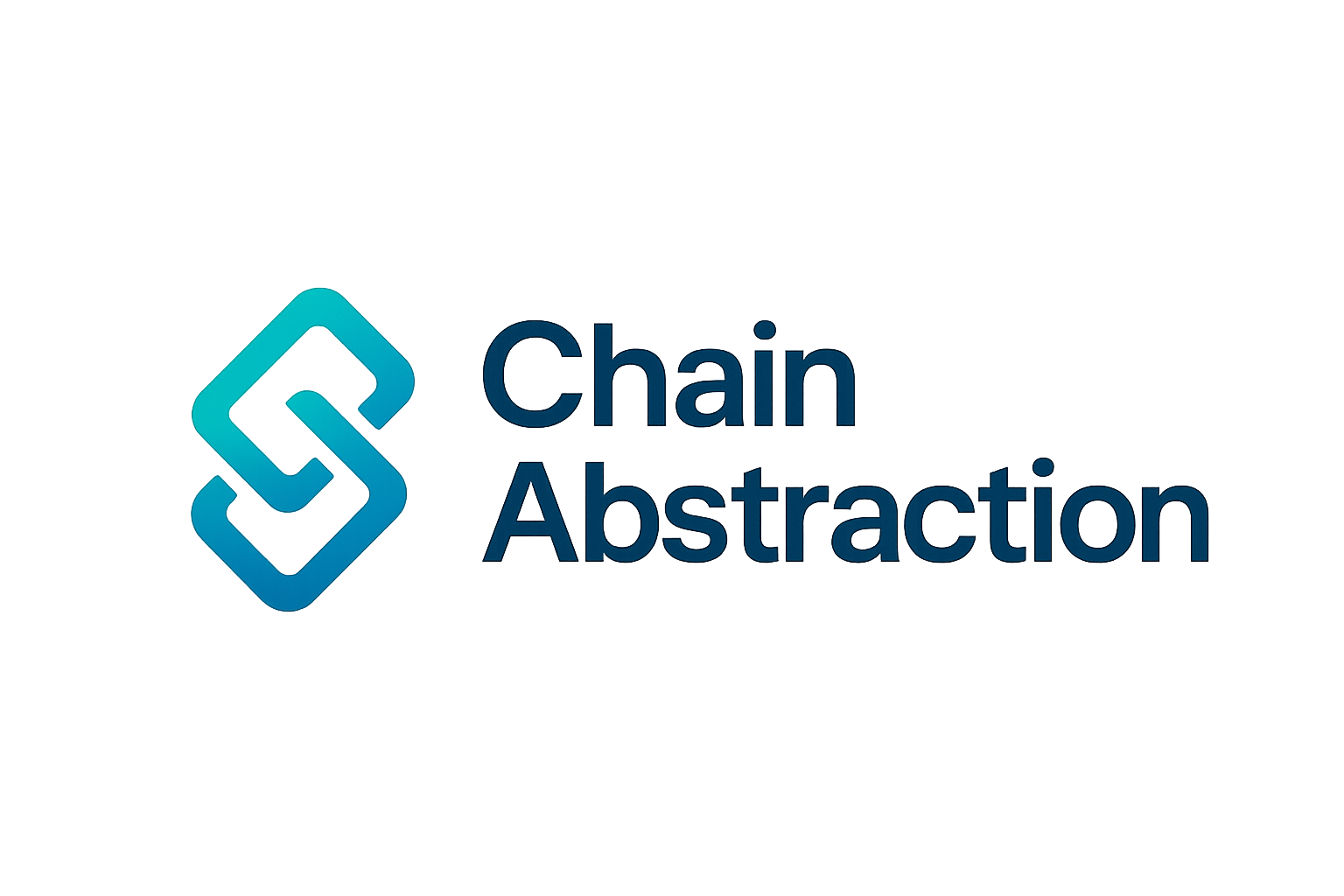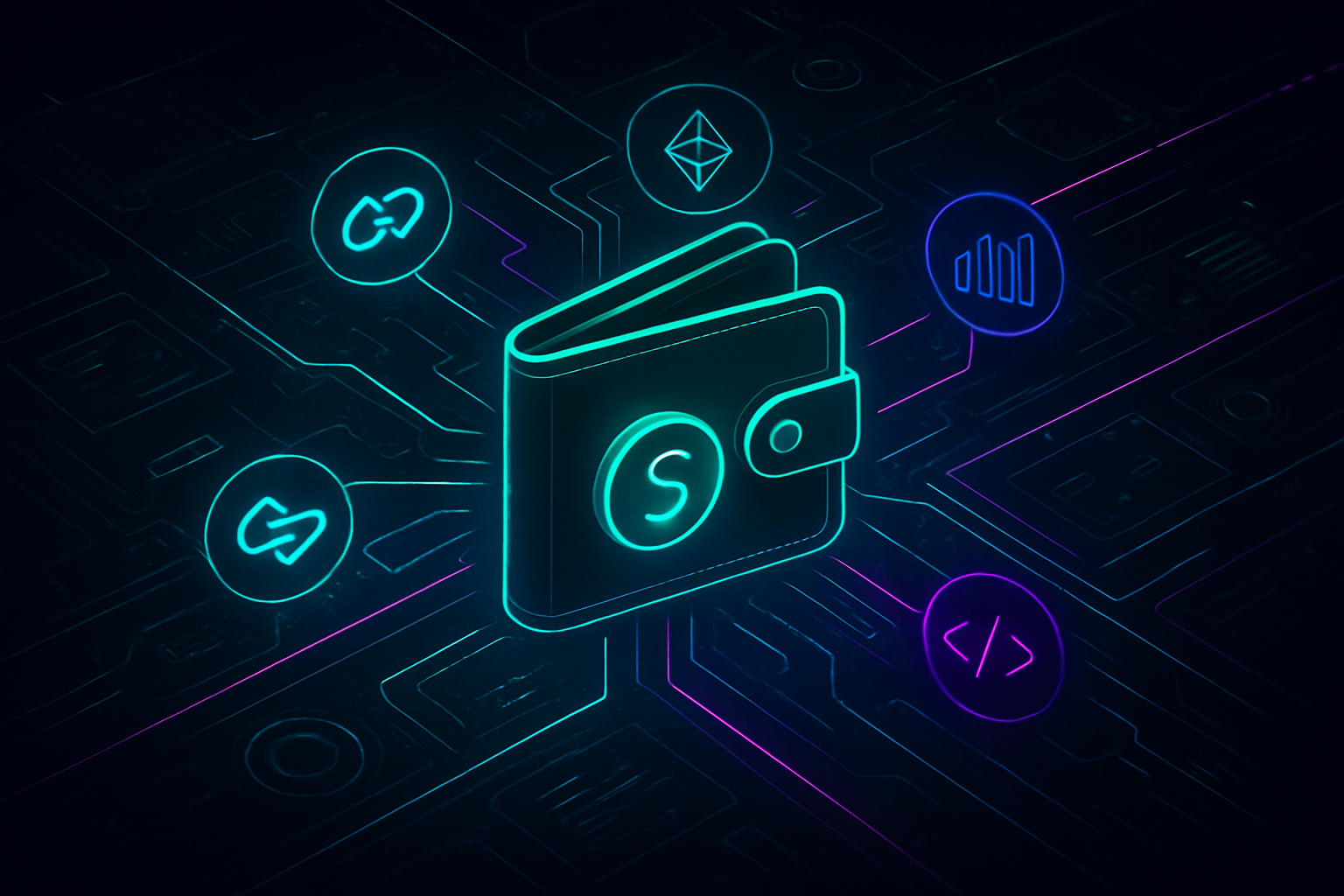
The exponential growth of decentralized finance (DeFi) has ushered in a new era of blockchain interoperability, but it has also introduced significant complexity for users managing assets across multiple networks. Traditionally, DeFi participants juggled several wallets and interfaces to access protocols on Ethereum, Solana, BNB Chain, Bitcoin, and emerging L2s. This fragmentation created obstacles for both seasoned investors and newcomers. Today, unified wallets are transforming the DeFi user experience by offering seamless cross-chain asset management through a single interface.

Eliminating Friction: How Unified Wallets Streamline Asset Management
Unified wallets consolidate assets from numerous blockchains into one accessible portfolio. Rather than logging in to separate wallets or switching network settings manually, users can now oversee their entire digital asset landscape in one place. For example, PUM Exchange’s Unified Multi-Chain Wallet supports over 30 blockchains, enabling effortless management of tokens and NFTs without ever leaving the dashboard.
This consolidation does more than just save time; it empowers users to make informed decisions with a holistic view of their holdings. Enhanced liquidity management becomes possible when assets from different chains can be pooled or deployed in yield farming strategies without additional steps or technical hurdles.
Key Benefits of Unified Wallets for DeFi Users
-
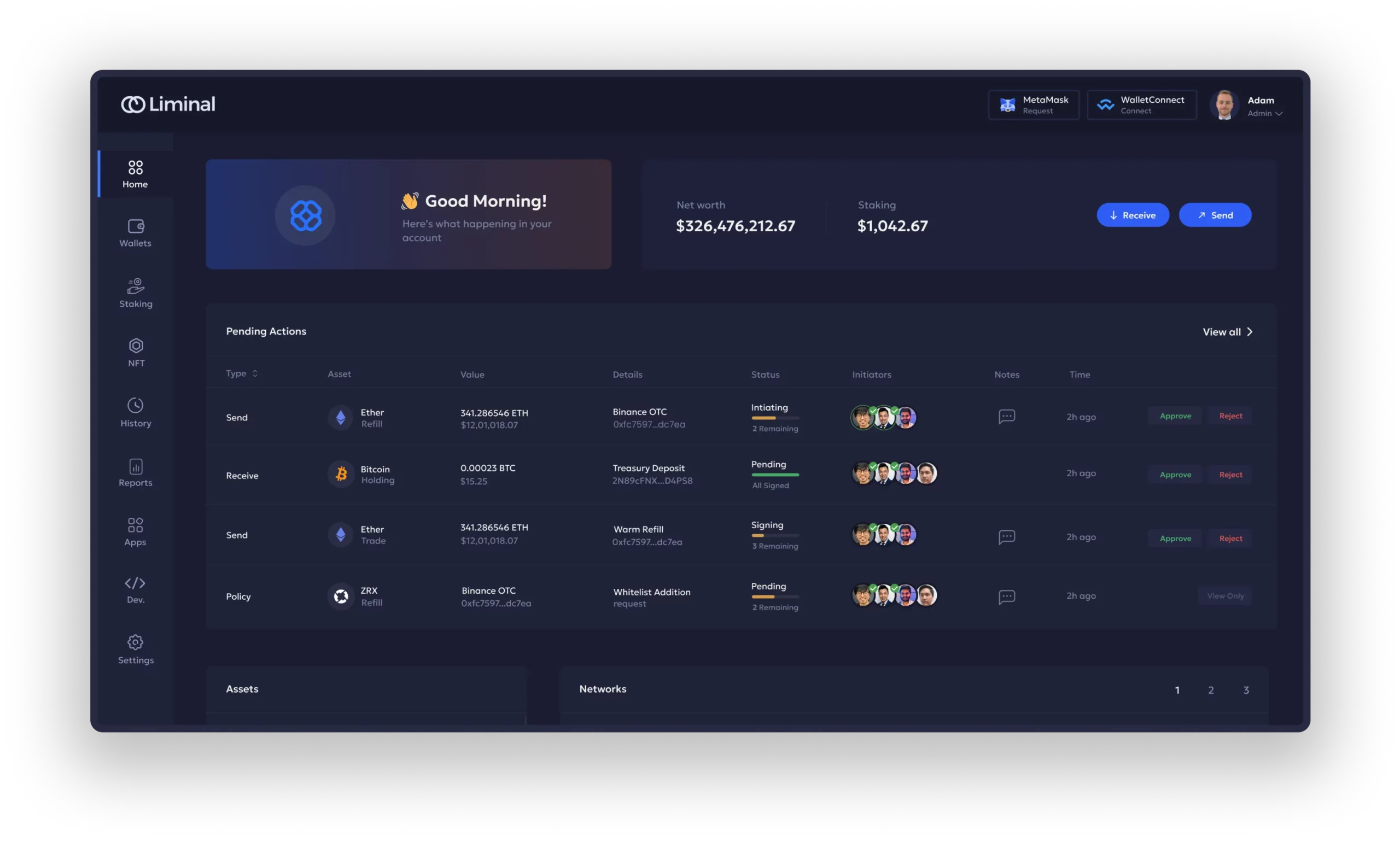
Simplified Asset Management: Unified wallets like PUM Exchange’s Unified Multi-Chain Wallet let users manage assets across 30+ blockchains (including Ethereum, BNB Chain, Solana, and Bitcoin) from a single, intuitive interface.
-
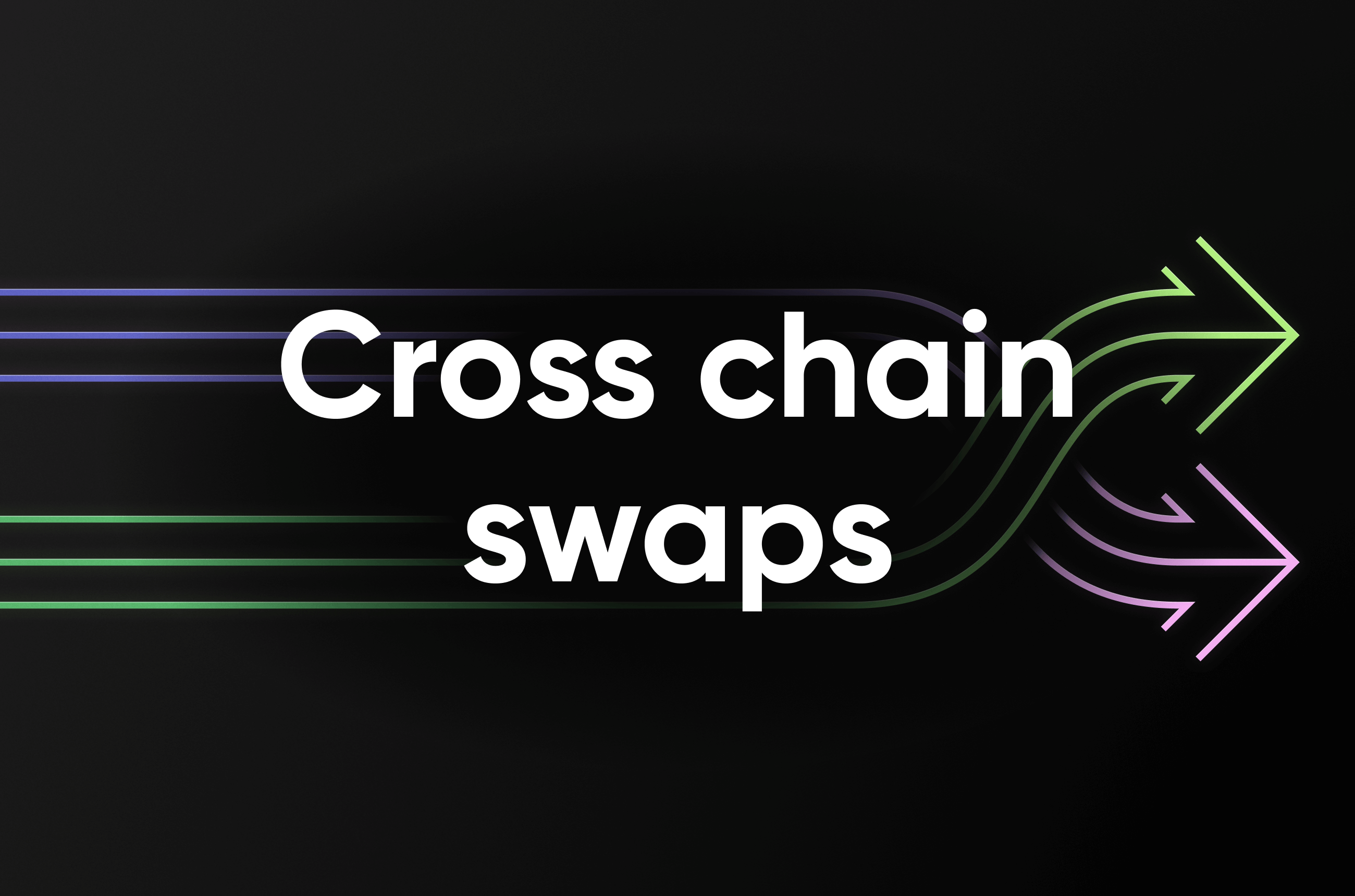
Integrated Cross-Chain Transactions: These wallets offer seamless on-chain swaps and cross-chain bridging. For example, PUM’s wallet uses smart routing algorithms to find the fastest and most cost-effective transaction routes in real time.
-

Enhanced Security Measures: Advanced security protocols, such as Multi-Party Computation (MPC) in PUM’s wallet, ensure private keys are never fully exposed or stored in one place, significantly improving asset safety.
-
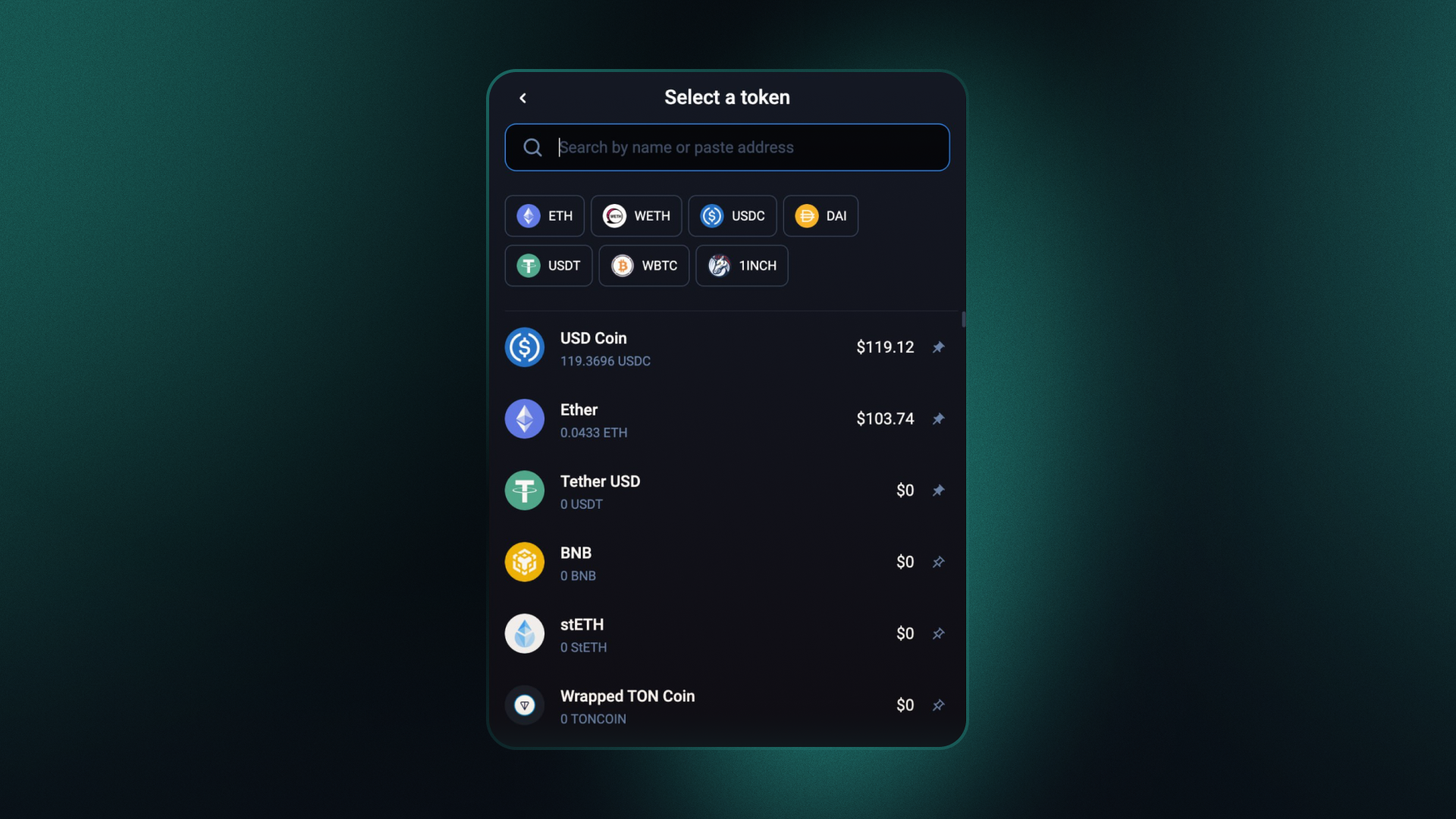
Comprehensive Portfolio Tracking: Solutions like the 1inch Portfolio allow users to connect up to 10 wallets across different blockchains, providing real-time, unified portfolio insights.
-
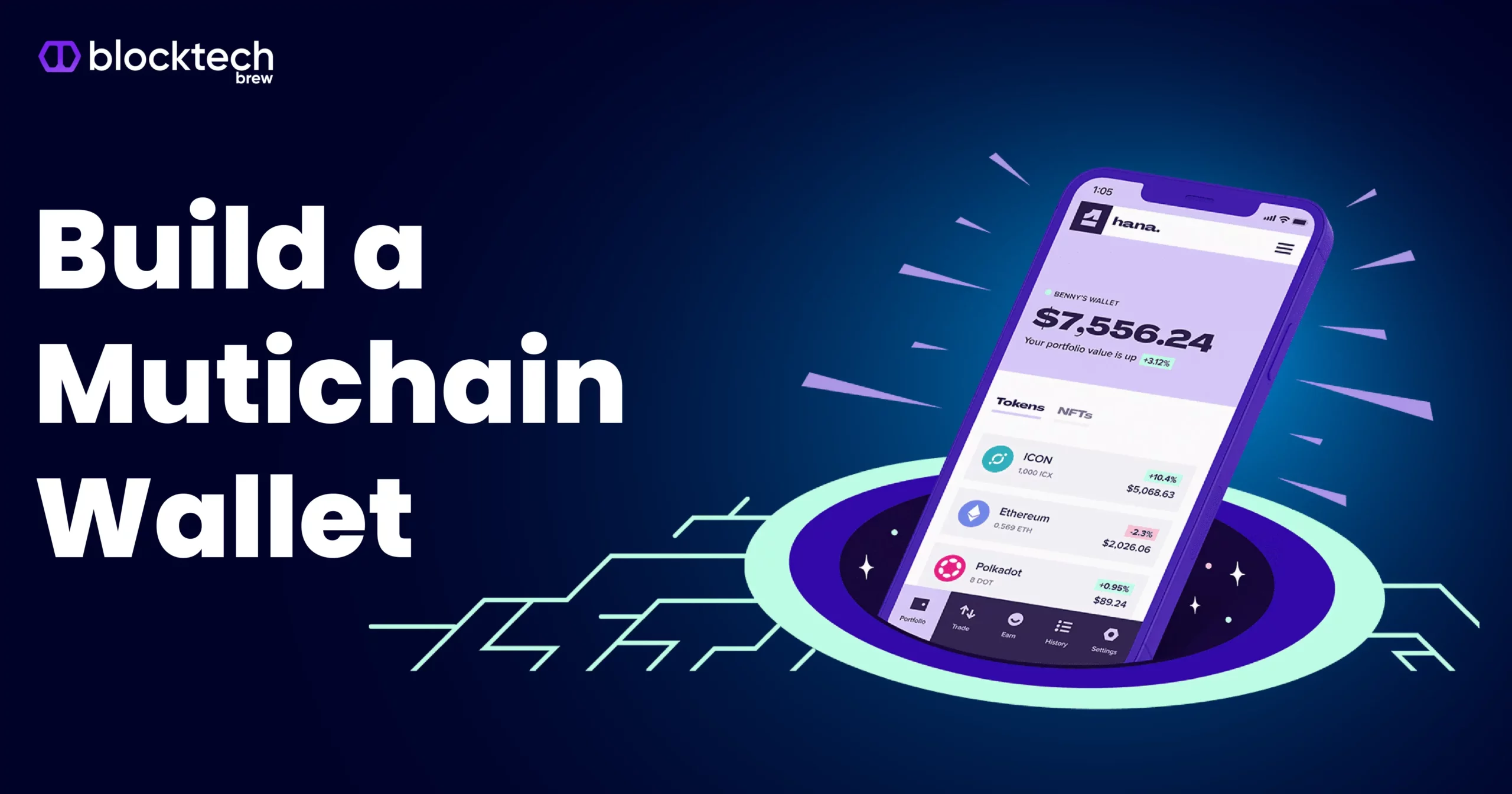
Support for Diverse Assets: Unified wallets now support not only fungible tokens but also NFTs and other digital assets across multiple networks, as seen with PUM’s wallet NFT integration.
Integrated Cross-Chain Transactions: Swapping Without Boundaries
The next frontier for DeFi usability is native cross-chain transactions. Modern unified wallets integrate on-chain swapping and bridging technology directly into their interfaces. Users can transfer assets between networks with minimal friction, no need for third-party bridges or manual token wrapping.
PUM’s wallet leverages smart routing algorithms that scan multiple liquidity sources across chains to find the most cost-efficient and fastest path for swaps. This not only reduces transaction costs but also increases success rates by avoiding congested routes or illiquid pools. The result is a dramatic reduction in failed transactions, a persistent pain point in legacy cross-chain workflows.
Security at the Core: Protecting Assets Across Chains
With greater convenience comes an increased need for robust security measures. Unified wallets like PUM employ advanced cryptographic techniques such as Multi-Party Computation (MPC), ensuring that private keys are never fully exposed or stored in a single location. This architecture dramatically reduces the risk of large-scale breaches or single points of failure, a critical improvement as cross-chain activity grows.
Security features extend beyond key management. Some unified wallets offer real-time contract analysis and suspicious activity alerts when interacting with unfamiliar protocols, a crucial safeguard as phishing attempts and smart contract exploits remain prevalent threats in Web3.
Unified wallets are also setting new standards for portfolio transparency and control. By aggregating real-time data from multiple blockchains, these solutions allow users to monitor every asset, fungible tokens, NFTs, and even LP positions, without toggling between apps or browser extensions. For instance, the 1inch Portfolio feature lets users connect up to 10 wallets across different networks, presenting a single, unified overview that’s invaluable for active DeFi participants managing complex strategies.
This comprehensive tracking isn’t just about convenience; it directly impacts decision-making and risk management. With all positions visible at a glance, users can respond more nimbly to market volatility or protocol changes. Real-time notifications about portfolio performance or contract events further enable proactive management, an edge in fast-moving DeFi markets.
Expanding Opportunities: Unified Wallets and DeFi Innovation
The rise of unified wallets is not just a technical upgrade, it’s a catalyst for new forms of DeFi participation. By lowering the barrier to entry and reducing operational friction, these wallets encourage broader experimentation with cross-chain liquidity pools, NFT marketplaces, and emerging protocols that span multiple ecosystems.
Support for diverse asset types is another major leap forward. Unified wallets now routinely include NFT galleries with transfer options across supported chains. This opens up new avenues for digital creators and collectors who want to manage their portfolios without being limited by network silos.
How Unified Wallets Drive Cross-Chain DeFi Innovation
-
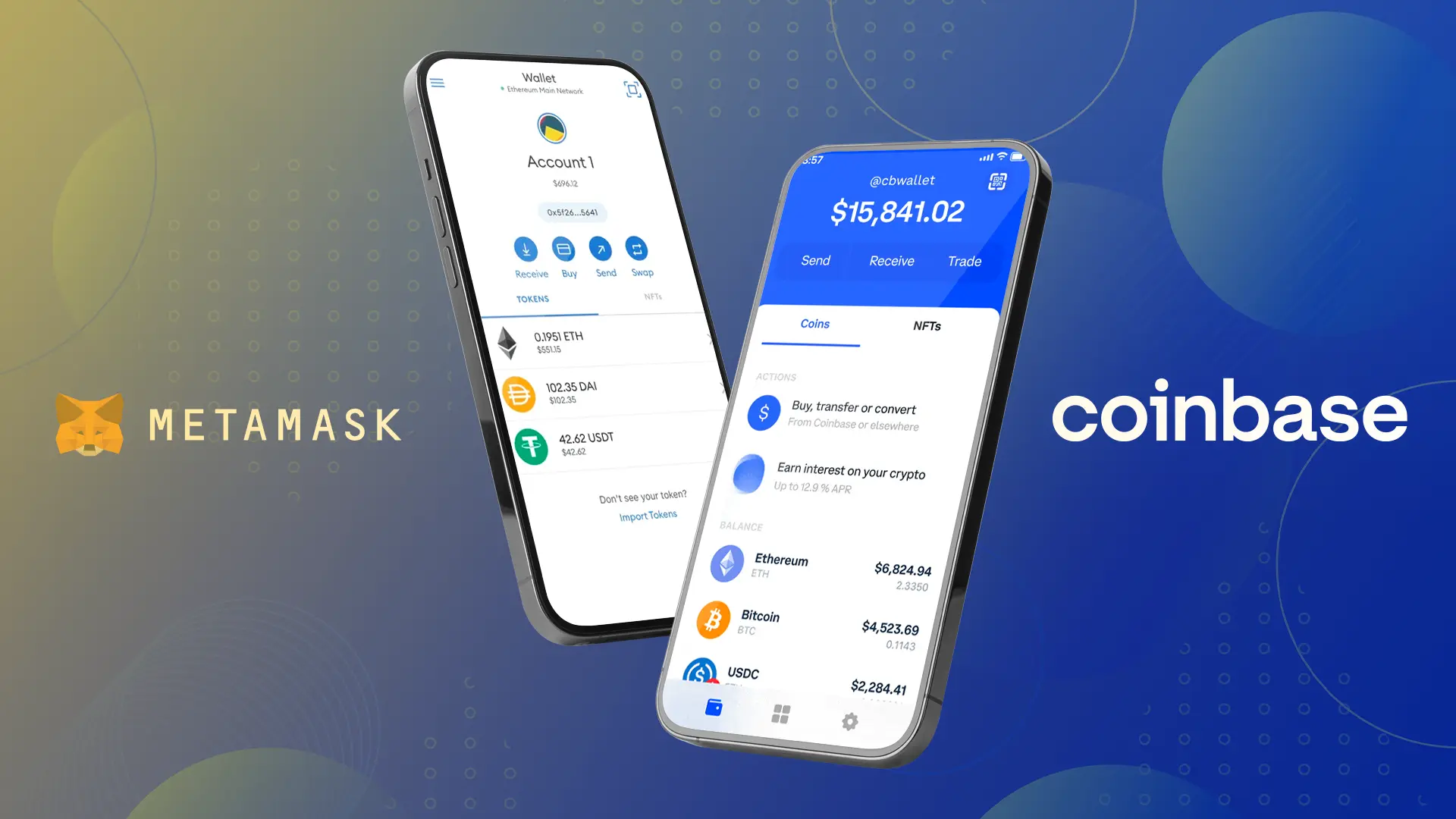
Simplified Multi-Chain Asset Management: Unified wallets like PUM Exchange’s Unified Multi-Chain Wallet let users manage assets across 30+ blockchains—including Ethereum, BNB Chain, Solana, and Bitcoin—within a single interface, eliminating the need to juggle multiple wallets.
-
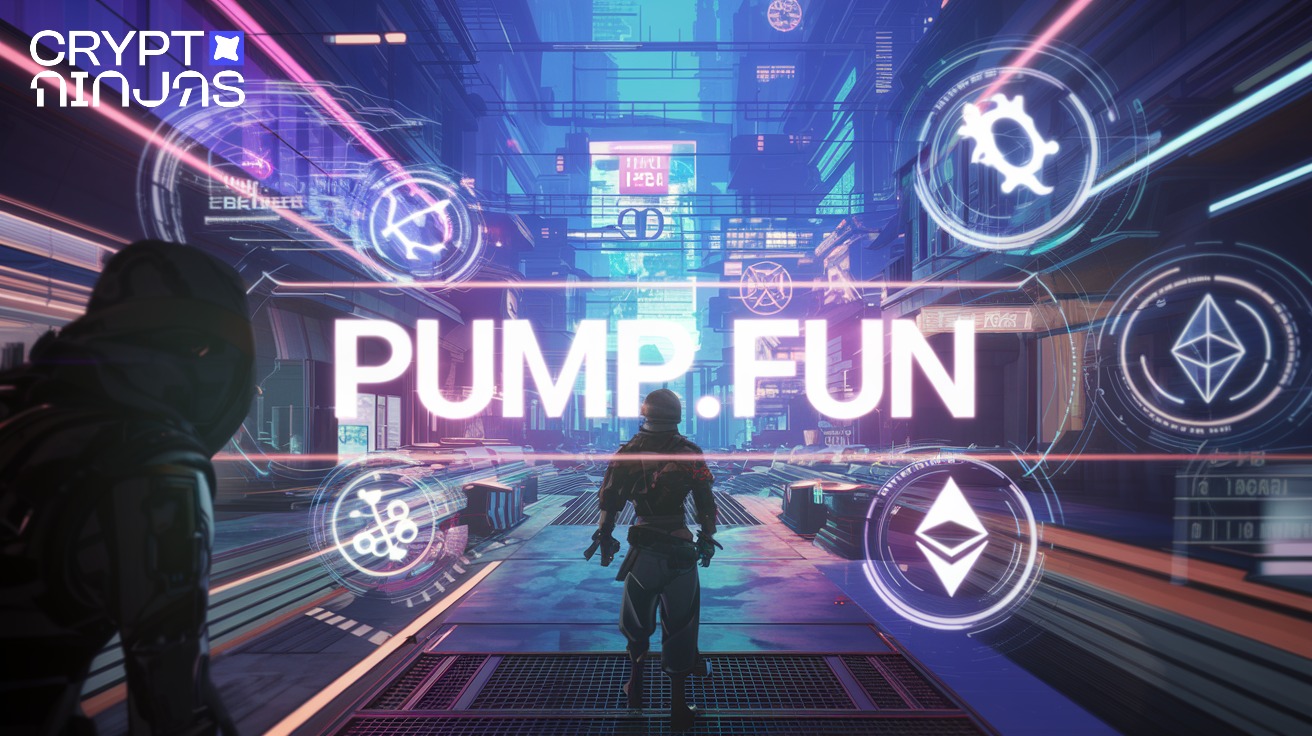
Integrated Cross-Chain Transactions: Modern unified wallets feature built-in cross-chain swaps and bridging. For example, PUM’s wallet uses smart routing algorithms to find the fastest, most cost-efficient transaction paths, enabling seamless transfers between blockchains without third-party intermediaries.
-
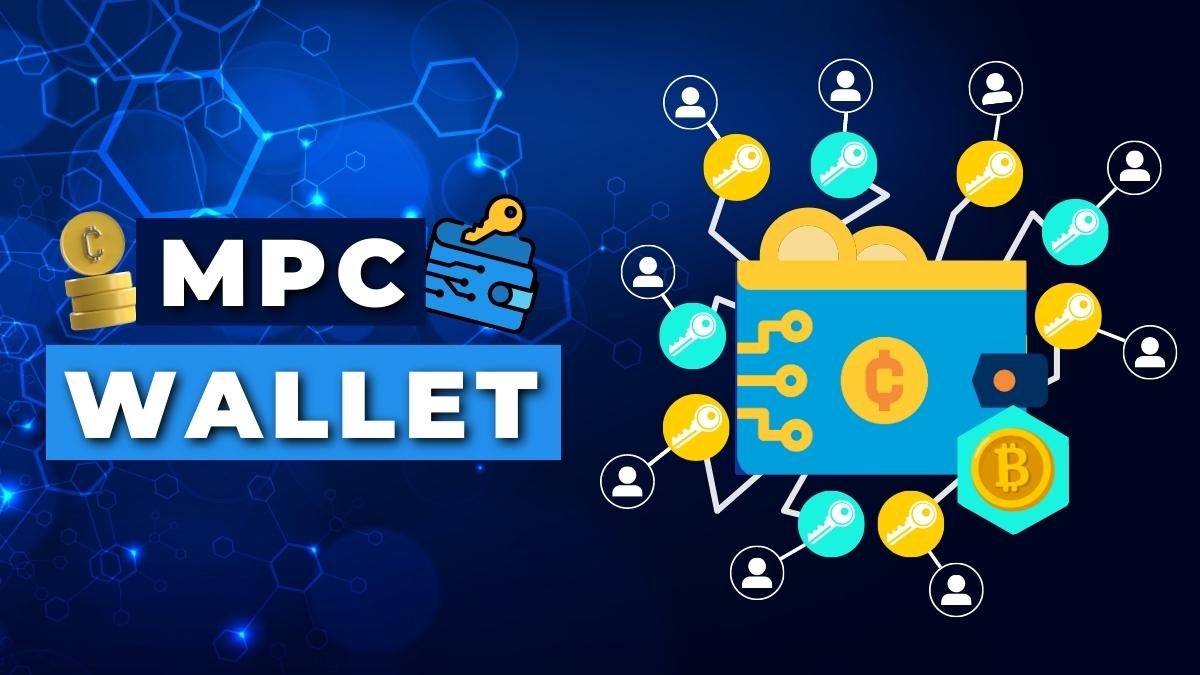
Advanced Security Protocols: Security is a top priority. PUM’s wallet leverages Multi-Party Computation (MPC) technology, ensuring private keys are never fully exposed or stored in one place, significantly reducing the risk of asset compromise.
-
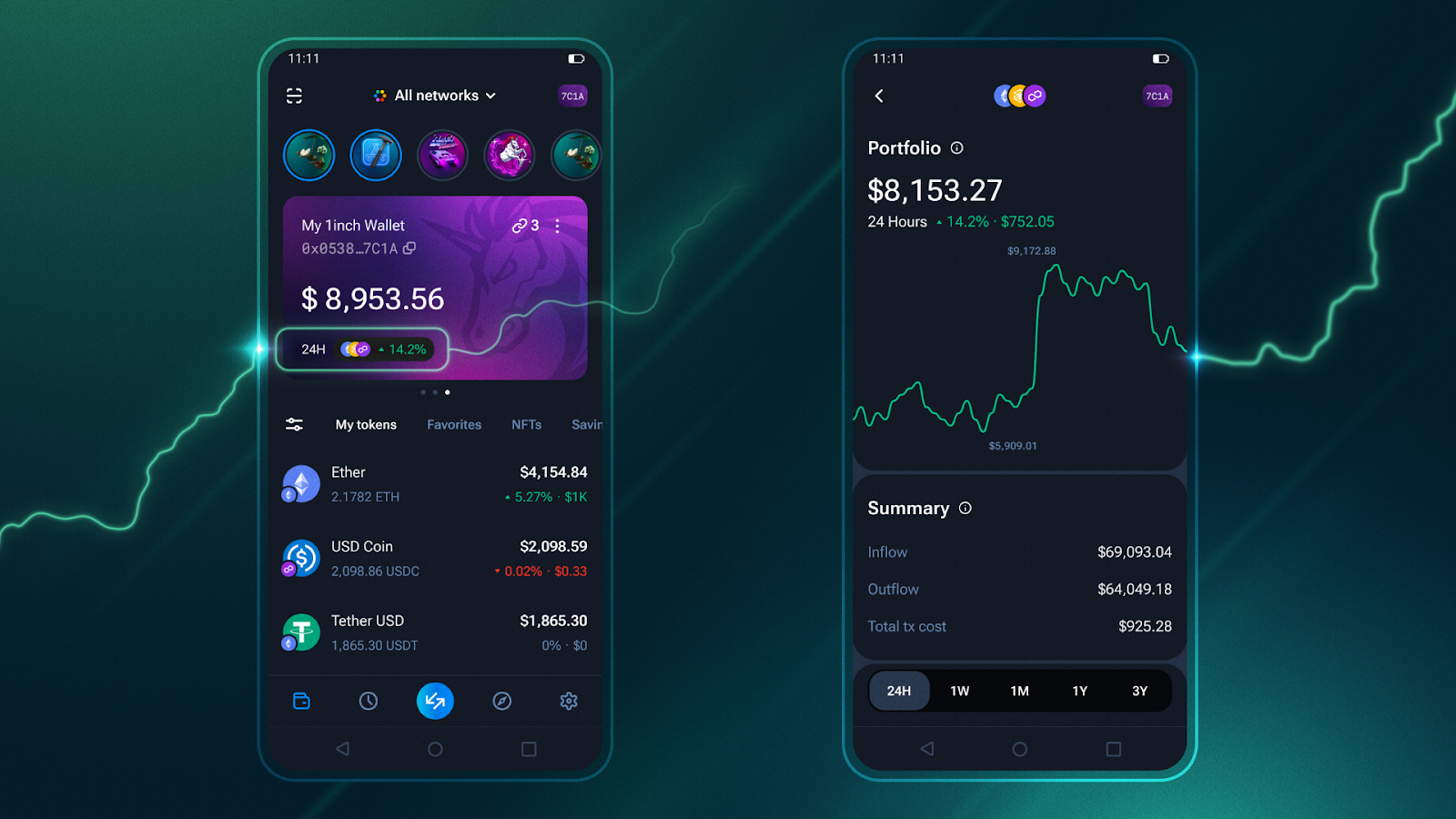
Unified Portfolio Tracking: Platforms like 1inch Portfolio allow users to connect up to 10 wallets across different chains, providing a real-time, consolidated view of all digital assets for better portfolio management.
-

Support for Diverse Digital Assets: Unified wallets now support not only fungible tokens but also NFTs and other asset types. PUM’s wallet, for instance, enables users to view and transfer standard NFT formats across multiple networks directly from the wallet.
Importantly, chain abstraction, the architectural principle behind unified wallets, is making it possible for developers to build dApps that are truly blockchain-agnostic. As more platforms adopt this approach, we can expect user experiences that feel as seamless as traditional fintech apps but with the power and autonomy of decentralized infrastructure.
What’s Next? The Future of Cross-Chain Asset Management
The evolution of unified wallets is far from over. As interoperability protocols mature and security models advance, we’ll likely see even deeper integration between on-chain identity management, compliance tools, and next-generation DeFi primitives. The ultimate goal: empower users to interact with any blockchain or protocol using a single wallet, no technical expertise required.
For those navigating the ever-expanding universe of decentralized finance, adopting a unified wallet is quickly becoming less an option than a necessity. Whether you’re yield farming across chains or collecting NFTs from multiple ecosystems, these tools offer the clarity and efficiency needed to thrive in Web3’s multi-chain reality.
To learn more about how unified wallets are transforming cross-chain swaps for DeFi users, and why this matters for your crypto journey, explore our dedicated guide: How Unified Wallets Simplify Cross-Chain Swaps for DeFi Users.
